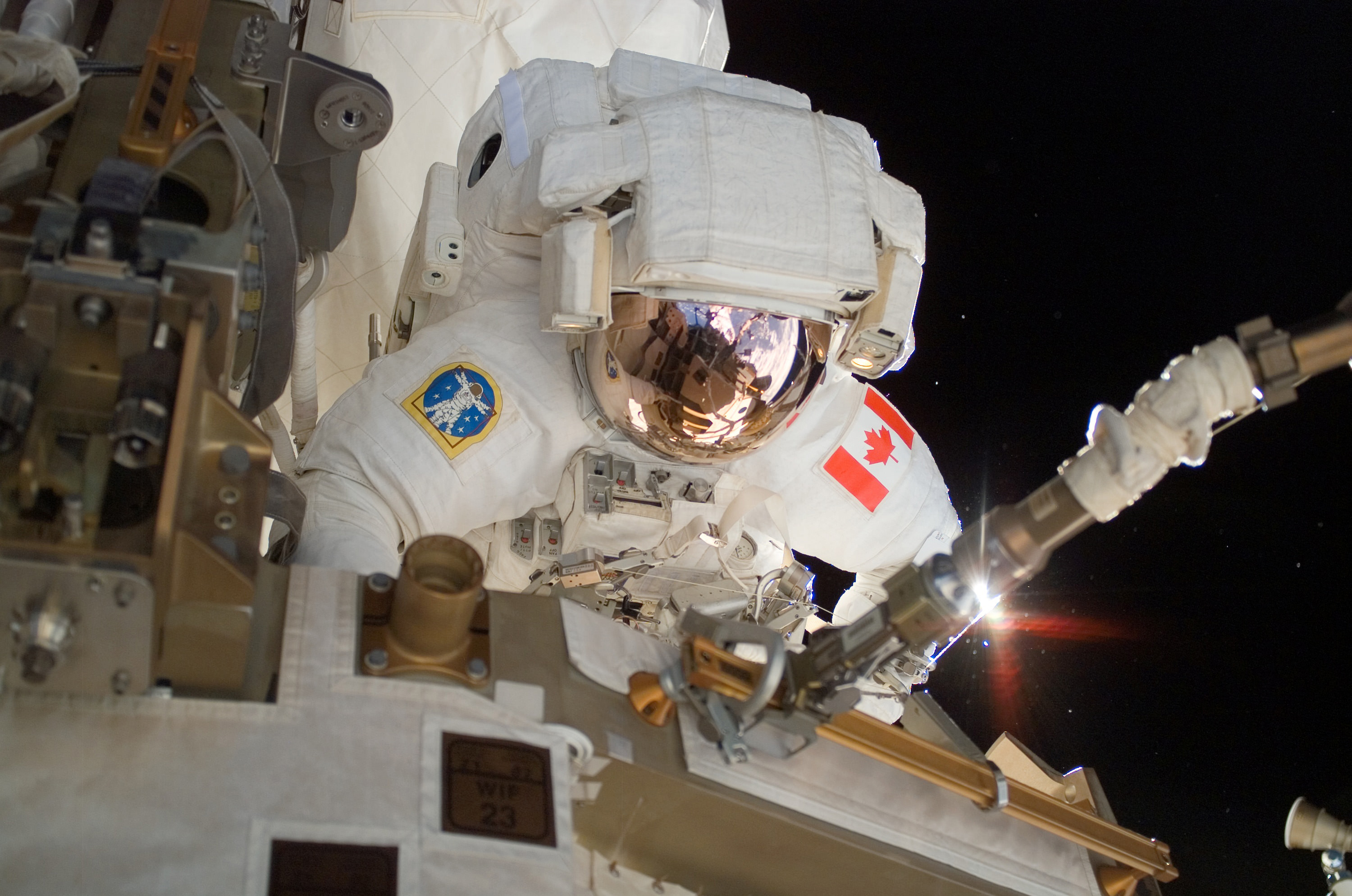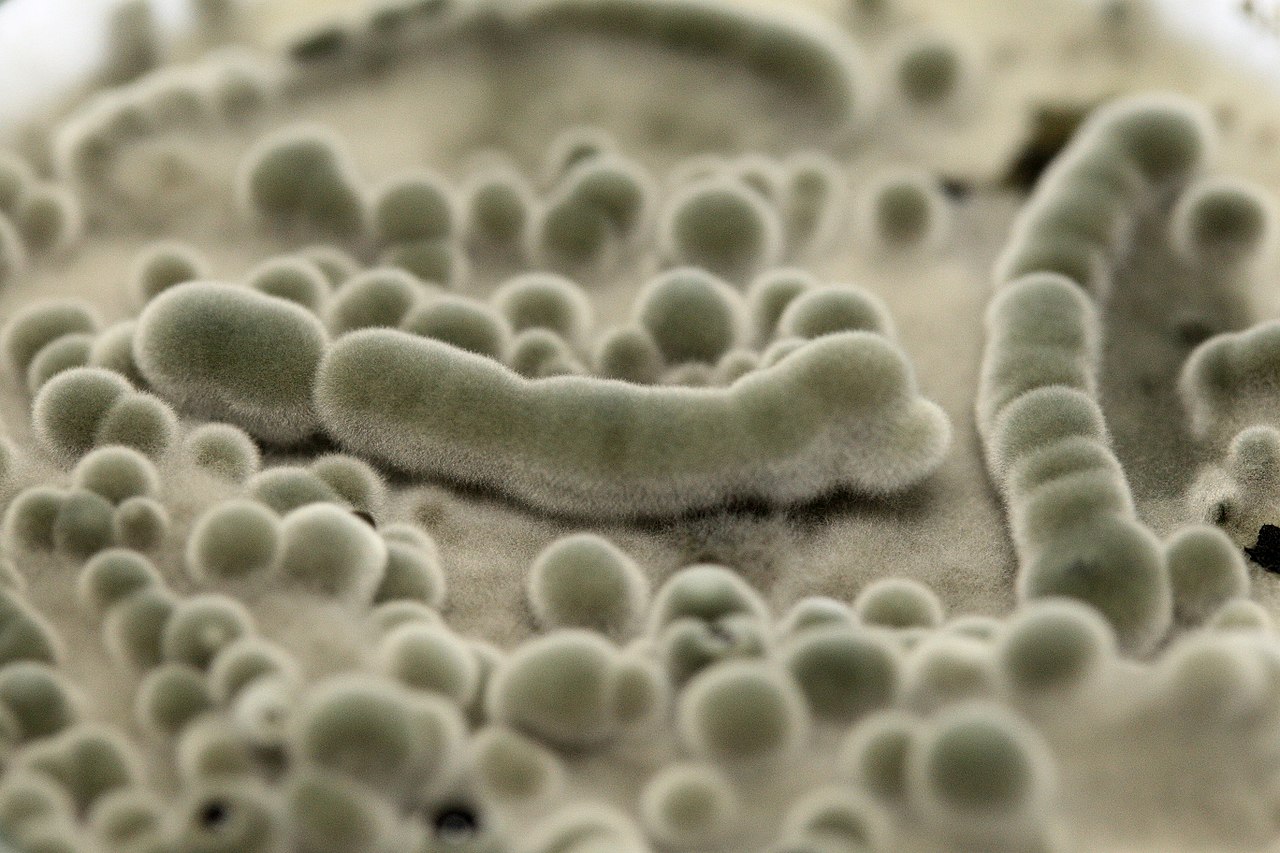A lack of effective radiation shielding is one of the biggest challenges still to be overcome if humans are to embark on long-term voyages into deep space. On Earth, the planet’s powerful magnetosphere protects us from the deadliest forms of radiation – those produced by solar flares, and galactic cosmic rays arriving from afar – that stream through the Solar System. Astronauts on the International Space Station, some 408km above the Earth, receive elevated levels of radiation, but are close enough to Earth that they still receive some shielding, and can stay on orbit for up to a year. The same can’t be said for astronauts traveling further out, to the Moon, for example, or, someday, to Mars. Future deep space voyagers will need to bring their own shielding with them – or, as a new paper suggests – grow it along the way.
Continue reading “Fungi Were Able to Absorb Radiation on the ISS. Could Astronauts Grow Their own Radiation Shields in Space?”Scientists Have Developed a Way to Make Human Skin More Protected from Space Radiation
Earth is a radiation cocoon. Inside that cocoon, the atmosphere and the magnetosphere keep us mostly safe from the Sun’s radiaition. Some ultraviolet light gets through, and can damage us. But reasonable precautions like simply minimizing exposure can keep the Sun’s radiation at bay.
But space is a different matter altogether. Among the many hazards it poses to astronauts, ever-present radiation is one that needs a solution.
Now a team of researchers have developed a new biomaterial to protect astronauts.
Continue reading “Scientists Have Developed a Way to Make Human Skin More Protected from Space Radiation”A New Technique to Make Lighter Radiation Shielding For Spacecraft: Rust.

One of the biggest challenges of working and living in space is the threat posed by radiation. In addition to solar and cosmic rays that are hazardous to astronauts’ health, there is also ionizing radiation that threatens their electronic equipment. This requires that all spacecraft, satellites, and space stations that are sent to orbit be shielded using materials that are often quite heavy and/or expensive.
Looking to create alternatives, a team of engineers came up with a new technique for producing radiation shielding that is lightweight and more cost-effective than existing methods. The secret ingredient, according to their recently-published research, is metal oxides (aka. rust). This new method could have numerous applications and lead to a significant drop in the costs associated with space launches and spaceflight.
Continue reading “A New Technique to Make Lighter Radiation Shielding For Spacecraft: Rust.”

